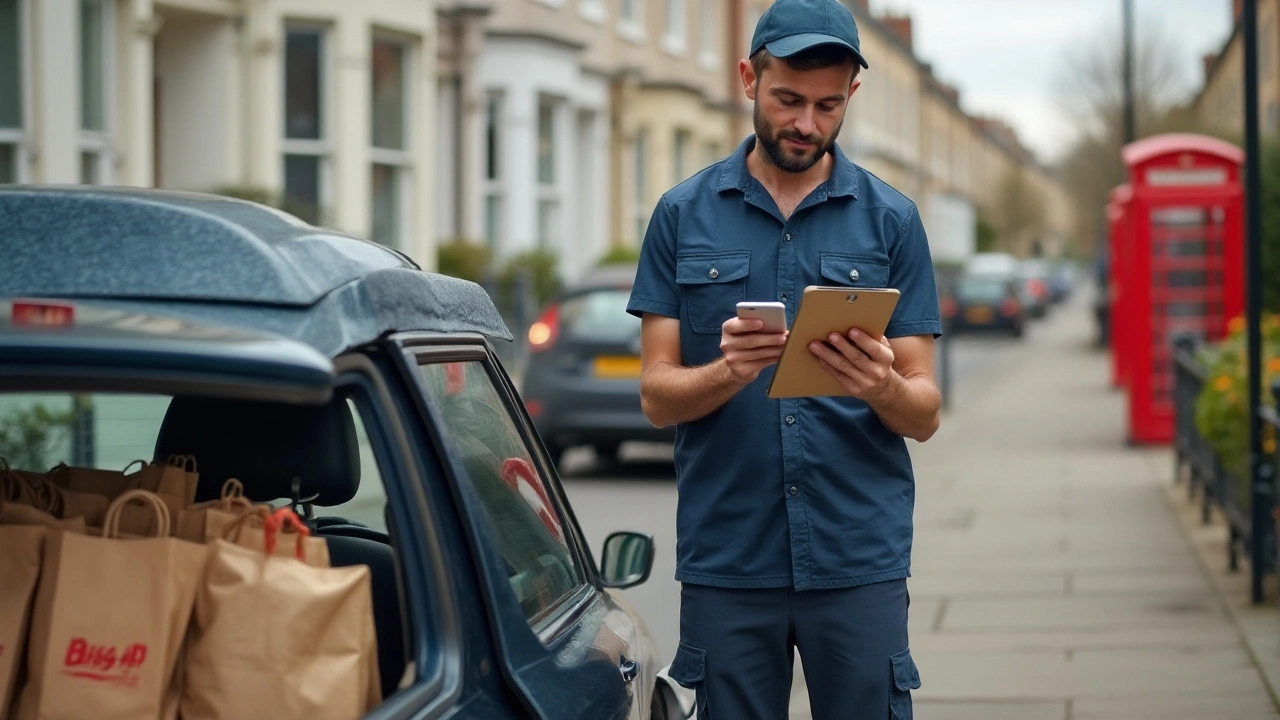Insurance Coverage for Shipping and Logistics – Why It Matters
Ever had a package get lost, damaged, or delayed and wished you could get your money back? That’s exactly why insurance coverage is a must for anyone sending or receiving parcels. It’s not just a luxury for big companies; even a small online shop or a one‑off personal shipment can benefit from the right protection.
With Same Day Express Delivery handling fast, time‑critical shipments across the UK, you already have a reliable carrier. Adding insurance is the next logical step to safeguard the value of what you’re sending. Below we break down the key types of coverage, when you really need it, and how to choose a policy without overpaying.
What Types of Insurance Do Couriers Offer?
Most couriers, including UPS, FedEx, DHL, and local UK services, provide three main coverage options:
- Basic liability – This is the default protection included in the shipping price. It usually covers up to £20‑£25 per parcel, which is fine for low‑value items like letters or small accessories.
- Declared value insurance – You pay extra to increase the coverage limit based on the value you declare. If your package is worth £200, you’ll pay a small percentage of that amount as a premium.
- Full‑truckload or cargo insurance – For large shipments or commercial freight, you can buy a policy that covers the entire load against loss, theft, or damage.
Choosing the right level depends on two things: the item’s worth and how risky the route is. A high‑value item shipped across multiple hubs (like a laptop or a rare collectible) should definitely have declared value insurance.
How to Pick the Right Policy – Simple Steps
1. Know the item’s value. Look up the purchase price, add any accessories, and consider replacement cost. That figure becomes your declared value.
2. Check the carrier’s default limit. If it’s lower than your item’s worth, you’ll need extra coverage.
3. Read the fine print. Some policies exclude certain damages (like water damage) or have a deductible. Make sure you understand what’s covered before you pay.
4. Compare rates. A quick online quote from two carriers can save you 10‑20% on premiums. Remember that cheap isn’t always best – look at claim settlement speed and customer reviews.
5. Consider third‑party insurers. If you ship frequently, a specialized logistics insurer may offer better terms than the carrier’s add‑on.
When you follow these steps, you’ll avoid the common pitfall of paying for coverage you never use or, worse, being under‑insured when a claim happens.
Don’t forget that insurance also protects your reputation. If a customer receives a damaged product, they’re less likely to trust you again. A quick claim settlement shows you stand behind your service.
Finally, remember that insurance is only part of a risk‑reduction strategy. Proper packaging, clear labeling, and choosing a reliable courier like Same Day Express Delivery all work together to keep your parcels safe.
In short, insurance coverage isn’t an optional extra – it’s a smart safeguard for any shipment that matters to you. Take a few minutes to assess the value of what you’re sending, compare a couple of policies, and you’ll ship with confidence, knowing you’ve covered the unexpected.
Understanding DoorDash and Car Insurance: What You Really Need to Know
Delivery driving for DoorDash can be a convenient way to earn extra cash, but it's essential to understand how it affects your car insurance. While some insurers offer specific policies for delivery drivers, many standard policies may not cover business use. This article explores whether you need to disclose your DoorDash driving to your insurance company, what coverage is typically needed, and the potential risks of not updating your policy. Stay informed to ensure you're adequately protected while on the road.
© 2025. All rights reserved.

